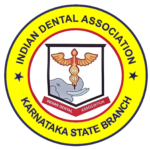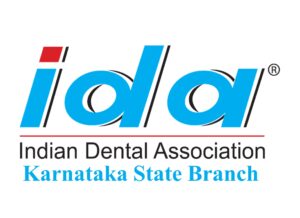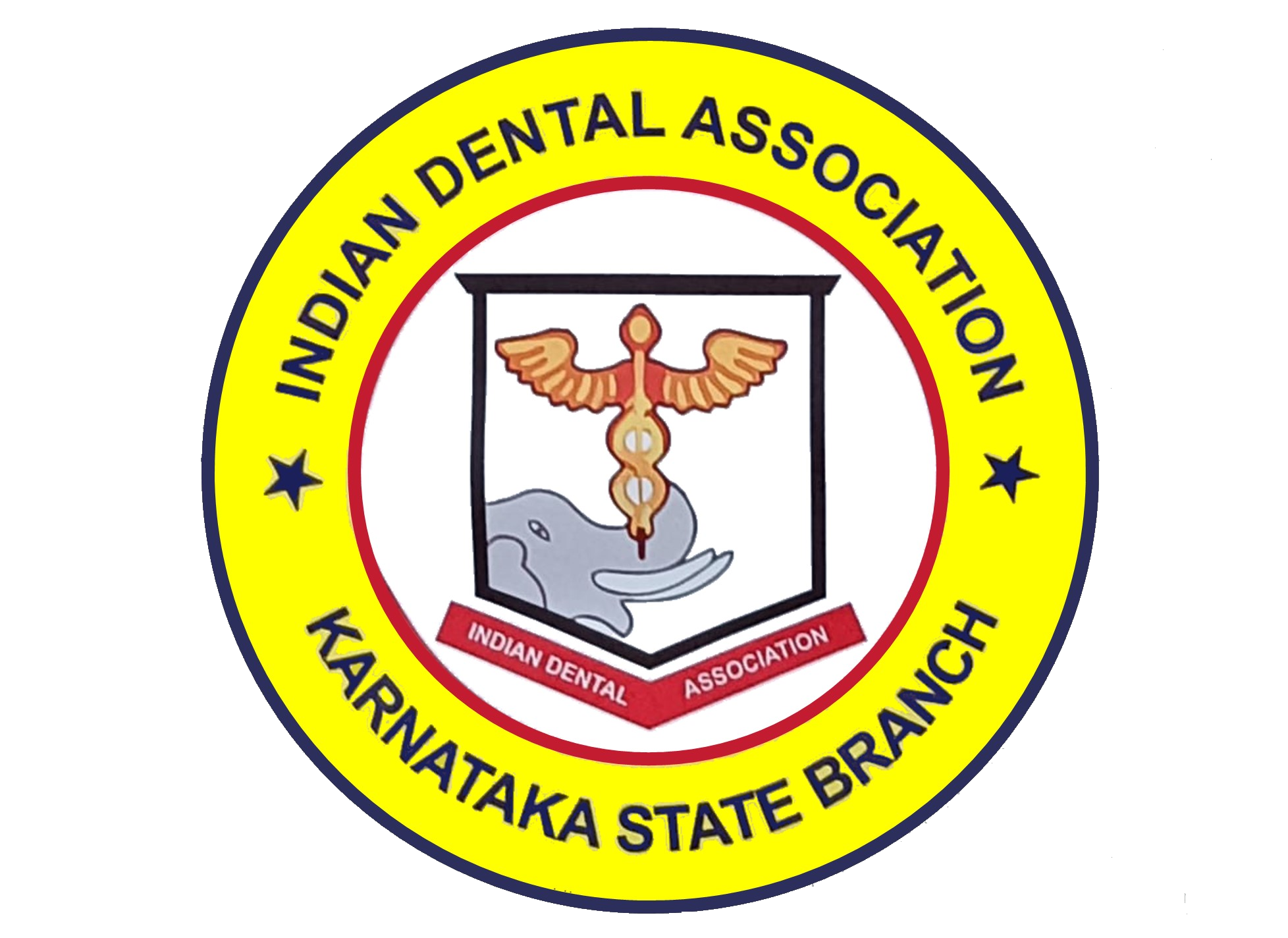The Indian Dental Association (IDA) is an independent and recognised voice of dental professionals in India. We are committed to improving public oral health by promoting advanced, science-based dentistry that puts the patient at the centre through our initiatives in education, research and development of high standards for dental care in India.
The flag bearer of oral health, the association endeavors to meet the public needs and expectations. We acknowledge that oral health is an integral part of general health and well-being.
IDA represents more than 75,000 dental professionals and has 33 state branches and 450 local branches. Through its initiatives and campaigns, IDA reaches out to dental students, dental professionals, educators and the public to safeguard and promote optimal oral healthcare in the country.
The Karnataka State Branch Consists of ___ members and is managed by its executive council or office bearers. It holds periodical meetings and conferences for its members, conducts Continuing Dental Education programmes, dental camps etc. and also endeavors to promote the highest ethical and professional standards among its members through various activities and training programmes for dental professionals.
Vision
The association’s vision is to improveoral health and quality of life and achieving `optimal national oral health for all. We also aim to represent the dental profession and support members in the provision of comprehensive and quality oral health care.
Mission
IDA is dedicated to supporting dental professionals in th eir practice by enhancing and updating their skills and knowledge.
The association is the nation’s most respected leader in promoting oral health, tobacco cessation and early cancer detection to improve quality of life and eliminate oral health disparities. IDA’s mission is optimal oral health for all Indian.
IDA endeavors to accomplish its mission of optimal oral health for all by:
- Supporting new scientific innovations to meet the changing needs of society and promoting the well-being of the nation.
- Coordinating and assisting scientific and research- related activities among all sectors of the dental community.
- Promoting the timely transfer of knowledge gained from research to improve public health by educating oral health professionals and policy- makers.
- Preventing oral diseases by promoting oral health through awareness and dissemination of information.
- Conducting Continuing Dental Education (CDE) and professional development programmes to ensure an adequate number of talented, skilled dental care professionals.
Oral Diseases are preventable
Good oral health is vital to good overall health. Poor oral health negatively affects growth, development, learning, nutrition and communication, self-esteem for all sections of society, young and old have and have-nots. India exposes disparities in oral health, with lower income groups having higher disease rates, limited or no access to care.
Indian democracy is committed to the care and wellbeing of its citizens. The nation’s long-term investment in science and technology has paid off. We are proud that these advances have added years to the average life span and enhanced the quality of life.
IDA affirms that oral health is essential to general health and well-being and thus the need to take action. IDA aims that
- Nobody suffers from oral diseases which can be prevented and treated.
- Young children do not from suffer caries.
- Rural populations do not experience poor oral health due to barriers to access to care, shortage of resources and professionals.
- The elderly and differently abled are treated with special care.
- Pregnant women receive careful high quality treatment.
IDA call-for-action accurately assesses needs, monitors outcomes, decreases disparities, improves access to care and ultimately improves oral health.
Act Today for a Healthier tomorrow
Why take action?
We are aware that the Indian democracy is committed to the care and well being of its citizens. The government’s long-term investment in science and technology has paid off by adding years to the average life span and enhancing the quality of life. But not all Indian have benefited equally from improvements in oral health and health care.
India’s continued growth in diversity has resulted in a society with broad, educational, cultural, language and economic differences which hinder some individuals and groups from realizing the gains in oral health. National Oral Health Survey conducted in 2005 by IDA highlighted dental disparities that revealed the silent epidemic of oral diseases affecting rural Indians — our most vulnerable citizens. The survey found Dentist: Population ratio in the rural areas to be dismally low with less than 2% dentists being available for 72% of rural population. The grim reality in India is that 95% of the population suffers from gum disease, only 50% use a toothbrush and just 2% of the population visits the dentist.
The survey sounded an alarm and the need to affirm once again that — oral health is very vital to general health and well-being.
The Indian Dental Association’s (IDA) immediate response was to address the ‘silent epidemic of oral diseases affecting the most vulnerable citizens of lowest strata young and old and under-privileged groups’ by initiating National Oral Health Programme which aims at optimal oral health .
Strategic Plan (Sourced from NCBI)


